D.W. Griffith
1/37
There's no tags or description
Looks like no tags are added yet.
Name | Mastery | Learn | Test | Matching | Spaced |
|---|
No study sessions yet.
38 Terms
Birth and Death
January 22, 1875 La Grange, Kentucky
July 23, 1948 Hollywood, California (73 yrs old)
Occupations
actor, film director, film producer
Directors that influenced his work
Giovanni Pastrone
John Ford, Alfred Hitchcock, Orson Welles, Cecil B. DeMille, Lev Kuleshov, Jean Renoir, King Vidor, Sergei Eisenstein, Carl Theodor Dreyer
Full Shot
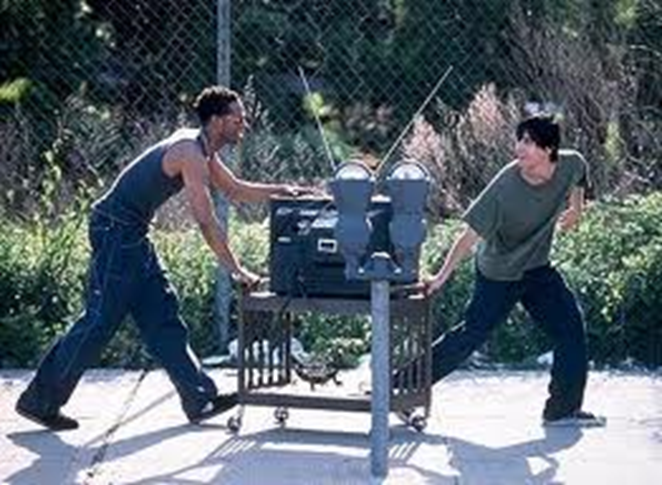
shot where the subject fills the frame from head to toe.
Medium Shot
shot where the subject fits the frame from the thigh to the head.

Close Shot
shot where the subject fills the frame from the chest to the head.
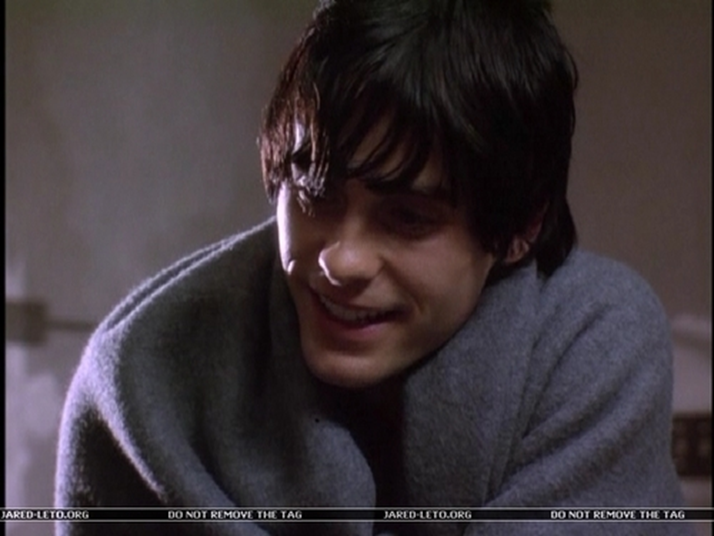
Close-Up
shot where the subject’s head, hand, leg, etc., fills the frame.
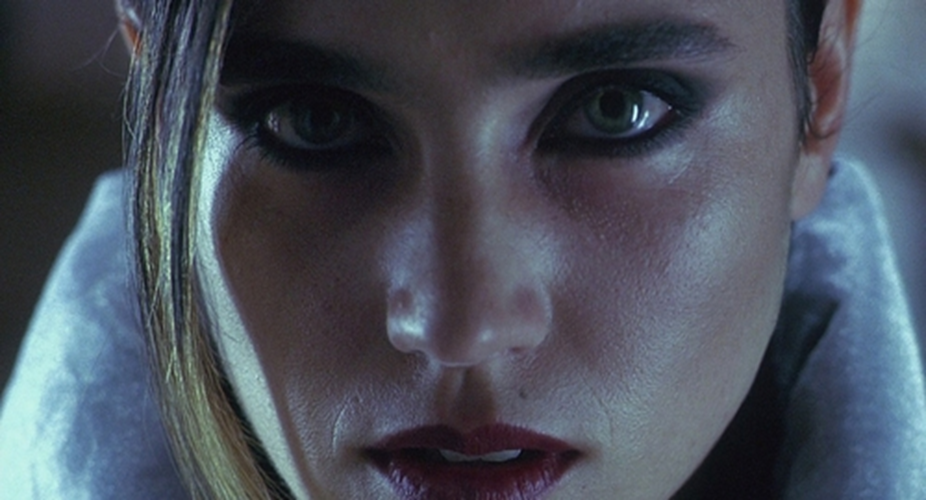
Extreme close-up
shot where the subject’s eye, finger, toe, etc., fills the frame.
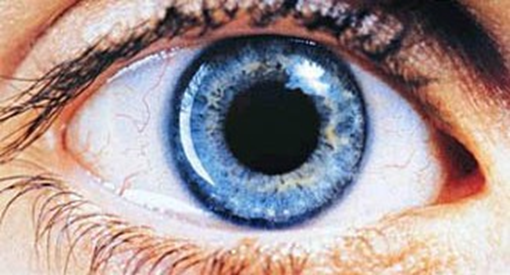
Long Shot
shot where the subject fills half of the frame.
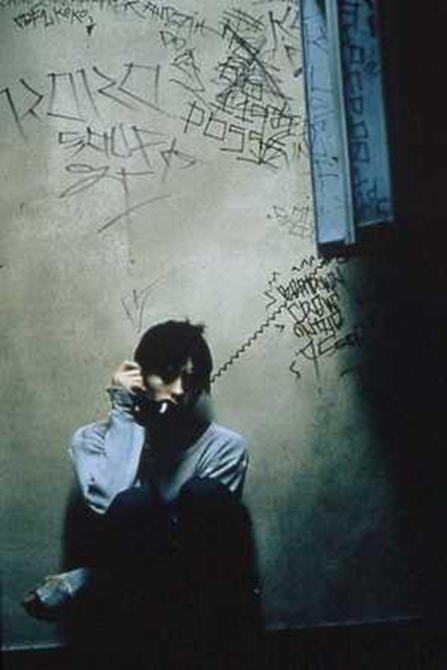
Extreme long shot
shot where the subject fills one tenth of the frame.
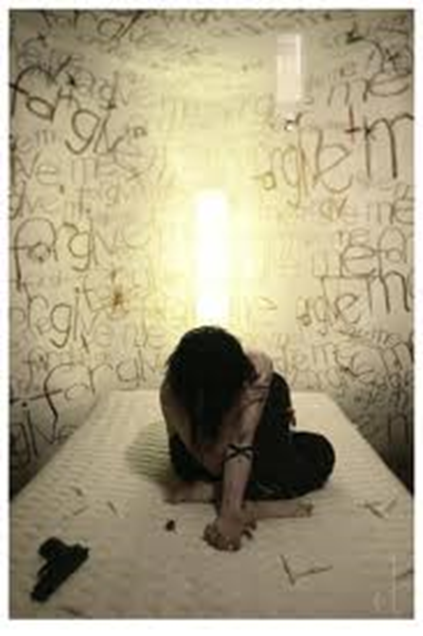
Depth of field or perspective shot
shot that shows a combination of objects and/or characters far and close to the camera.
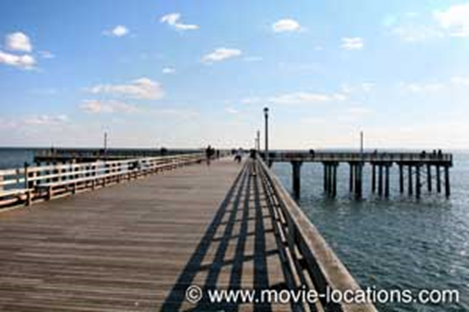
Contrast Shot
shot where the subject looks dark in front of a lighted background.

High angle shot
shot where the camera is placed above the object or character.
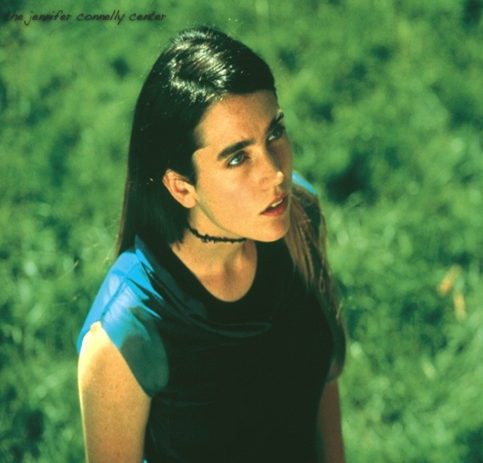
low angle shot
shot where the camera is placed below the object or character.
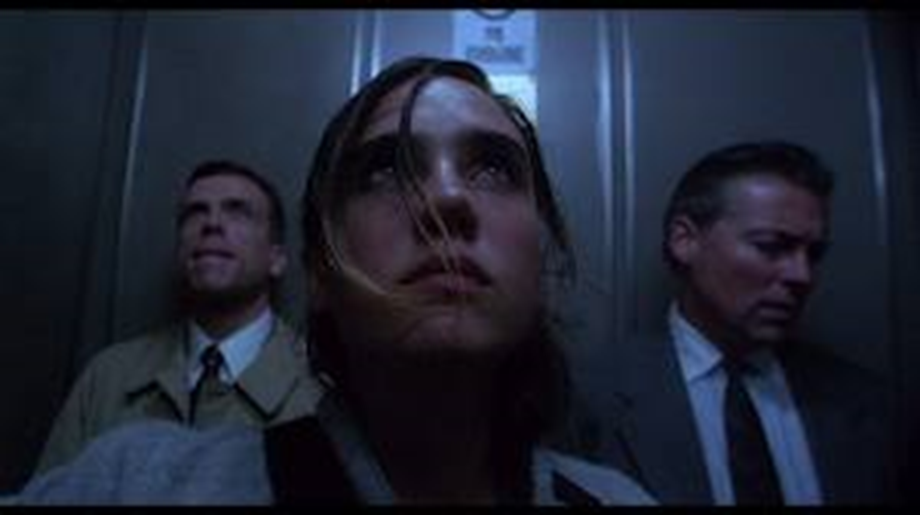
Pan/panoramic shot
shows a wide view of the scene.
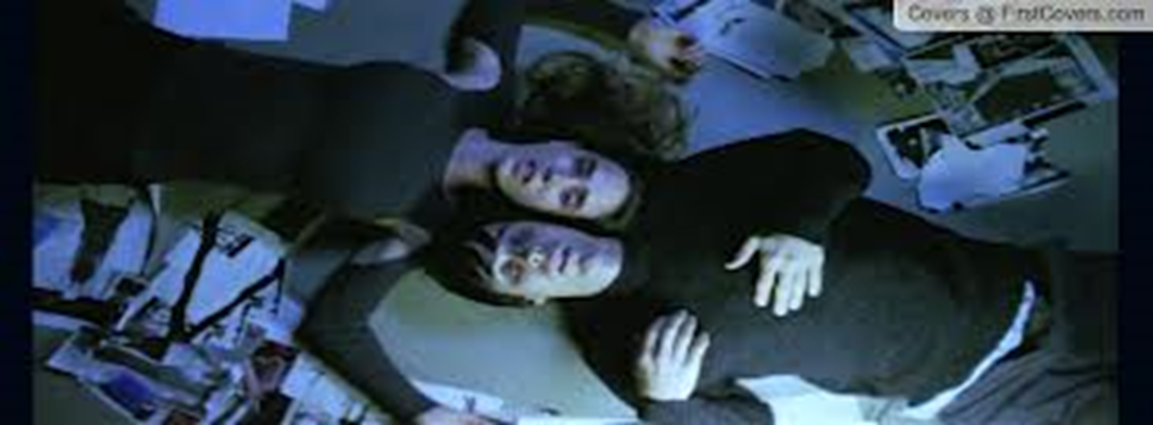
Iris shot
shot where the central object is focused and the outer parts are darkened.

Traveling shot
camera that is placed on a train, plane, car in movement.
track shot
a camera that moves on rails or tracks.
cross cutting
An editing technique most often used in films to establish action occurring at the same time in two different locations.
David Belasco
one of Griffith’s greatest influences —> translated into the melodrama, suspense, pathos, and purity onscreen
The Adventures of Dollie
his first film as a director
the use of props
how was he able to turn 2d scenes into 3d ones? (using angles and proximity)
he was described as being a
Victorian patriarchal sentimentalist (very conservative and traditional)
Paradox of film narrative
films looked so real and natural, and yet they were fictional and patterned.
grammar and rhetoric of film
combination of film shots to produce, clarity, power, and meaning
Griffith’s major film innovations
demanded underacting (more true to life)
very selective in the choice and quality of his actors
developed a lexicon of gestures and movements — clear and evocative yet subtle enough to seem real and unaffected
he demanded rehearsals
contents and messages in Griffith’s films
One of his major objectives was to project truth in his films —> wanted to illuminate his vision of good and evil
2 poles of Griffith’s moral world are:
Gentleness - women, peace, and home
Violence - men and war
Positive values in Griffith’s films
social order
peace
intellectual freedom
loyalty
home and family
womanhood/motherhood
marital fidelity
Negative values in Griffith’s films
social change
war
censorship
treachery
the high life
sexual licence
broken homes
The Birth of a Nation
he did not use a script —> created the details on the spot as they filmed
took 6 weeks to rehearse and 9 to shoot
thousands of extras were used
cost: 110k —> most expensive film of its time
used countless of huge and detailed indoor sets
first showing: March 3 1915
13 reels long (over 3 hours)
document of american social history and film history
would be unacceptable for today’s liberals because of racist portrayals of the Negro and its glorification of the Ku Klux Klan
caused protests and riots —> some cities chose not to present it
Griffith believed in sending the Negroes back to Africa
Presents mulattoes as the source of evil because of the mixing of races and blood
Elements that make A Birth of a Nation a Masterpiece
the film is strikingly complex and tightly whole
contains brilliant parts tied together by the driving of the film’s narrative
the hugeness of its conception, acting, sets, and cinematic devices were unprecedented
Intolerance
one of the greatest masterpieces of the Silent Era
4 different centuries:
A contemporary melodrama of crime and redemption
A Judean story —> Christ’s mission and death
a French story —> St. Bartholomew’s Day massacre of 1572
a Babylonian story —> the fall of the Babylonian Empire to Persia in 539 BC
Elements of Intolerable
longer, greater, and more narratively complex than Birth of a Nation
It cost $493,800 to make (4x more expensive)
14 reels long
told 4 different stories simultaneously covering 2500 years of history
each story was paralleled to each other
cinema’s first great Modernist experiment in the field of editing and montage —> later perfected by the Soviets
audience did NOT like the film (too complex)
Griffith’s messages in Intolerance
women = historical continuity
what does Griffith despise
People who meddle and destroy
People who take advantage of the poor
schemers and hypocrites
lovers of lust and power
Broken Blossoms/The Yellow Man and the Girl (1919)
Griffith’s most explicit and poetic hymn to gentleness
Considered one of the most beautifully lit films in screen history
Griffith’s downfall
He ran out of ideas —> both technically and intellectually —> Lost his innovative talent
Wasn’t able to adapt to changes in the film industry
Became outdated —> was too old-fashioned